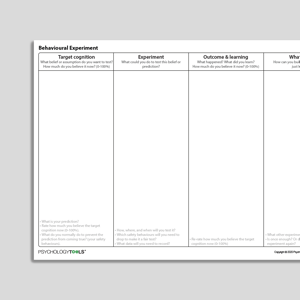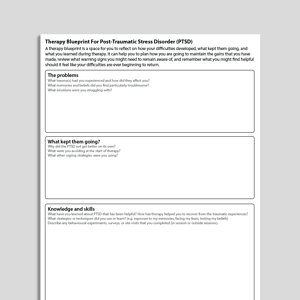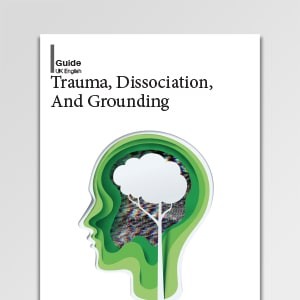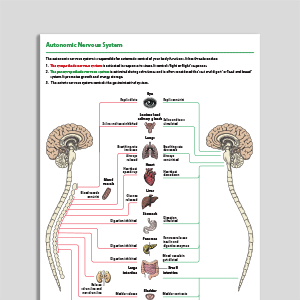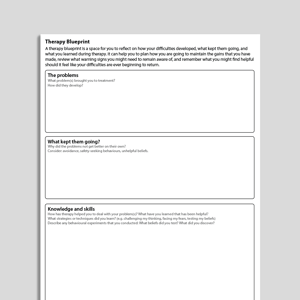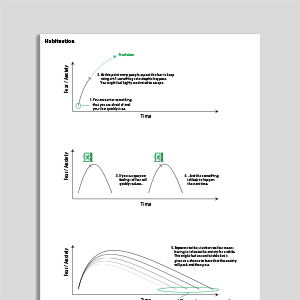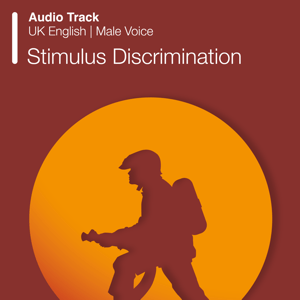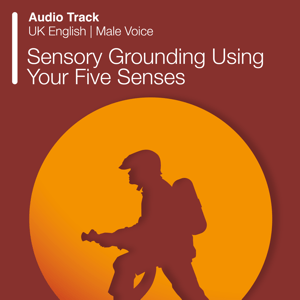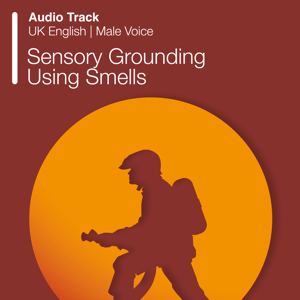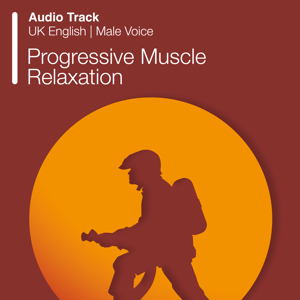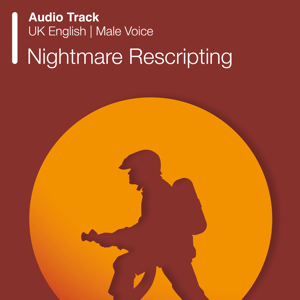Post-Traumatic Stress Disorder (PTSD) And Complex Post-Traumatic Stress Disorder (CPTSD)
Post-traumatic stress disorder (PTSD) is a mental health condition that can develop after experiencing or witnessing a traumatic event, such as physical or sexual assault, natural disasters, war, or accidents. PTSD is characterized by persistent symptoms that include intrusive memories, avoidance behaviors, negative mood and cognitive changes, and heightened arousal. These symptoms can significantly impact emotional, social, and occupational functioning. Some individuals exposed to repeated or prolonged trauma, such as childhood abuse or domestic violence, may develop complex PTSD (CPTSD), which includes additional difficulties with emotional regulation, self-concept, and interpersonal relationships. Despite its severity, PTSD is treatable. Evidence-based psychological interventions, particularly trauma-focused therapies, can substantially reduce symptoms and improve functioning, offering hope and recovery for those affected.
Showing 1 to 50 of 71 results
What Is Eye Movement Desensitization And Reprocessing (EMDR) Therapy?
What Is Eye Movement Desensitization And Reprocessing (EMDR) Therapy?
[Free Guide] Understanding Post-Traumatic Stress Disorder (PTSD)
[Free Guide] Understanding Post-Traumatic Stress Disorder (PTSD)
Dependence / Incompetence
Dependence / Incompetence
Am I Experiencing Depersonalization And Derealization?
Am I Experiencing Depersonalization And Derealization?
Audio Collection: Psychology Tools For Overcoming PTSD
Audio Collection: Psychology Tools For Overcoming PTSD
Am I Experiencing Post-Traumatic Stress Disorder (PTSD)?
Am I Experiencing Post-Traumatic Stress Disorder (PTSD)?
Recognizing Complex Post Traumatic Stress Disorder
Recognizing Complex Post Traumatic Stress Disorder
Reclaiming Your Life From A Traumatic Experience (Second Edition): Workbook
Reclaiming Your Life From A Traumatic Experience (Second Edition): Workbook
Prolonged Exposure Therapy For PTSD (Second Edition): Therapist Guide
Prolonged Exposure Therapy For PTSD (Second Edition): Therapist Guide
EMDR Negative And Positive Cognitions
EMDR Negative And Positive Cognitions
Understanding Depersonalization And Derealization
Understanding Depersonalization And Derealization
Cognitive Behavioral Model Of Post Traumatic Stress Disorder (PTSD: Ehlers & Clark, 2000)
Cognitive Behavioral Model Of Post Traumatic Stress Disorder (PTSD: Ehlers & Clark, 2000)
Grounding Techniques Menu
Grounding Techniques Menu
Properties Of Trauma Memories
Properties Of Trauma Memories
Flashbacks - Self-Monitoring Record
Flashbacks - Self-Monitoring Record
Dissociation - Self-Monitoring Record
Dissociation - Self-Monitoring Record
Cognitive Behavioral Model Of Depersonalization (Hunter, Phillips, Chalder, Sierra, David, 2003)
Cognitive Behavioral Model Of Depersonalization (Hunter, Phillips, Chalder, Sierra, David, 2003)
Understanding Post-Traumatic Stress Disorder (PTSD)
Understanding Post-Traumatic Stress Disorder (PTSD)
How Trauma Can Affect You (CYP)
How Trauma Can Affect You (CYP)
[Free Guide] Critical Illness Intensive Care And Post-Traumatic Stress Disorder (PTSD)
[Free Guide] Critical Illness Intensive Care And Post-Traumatic Stress Disorder (PTSD)
Trauma, Dissociation, And Grounding (Archived)
Trauma, Dissociation, And Grounding (Archived)
Sensory Grounding Using Your Five Senses (Audio)
Sensory Grounding Using Your Five Senses (Audio)
Sensory Grounding Using Smells (Audio)
Sensory Grounding Using Smells (Audio)
Progressive Muscle Relaxation (Audio)
Progressive Muscle Relaxation (Audio)
Links to external resources
Psychology Tools makes every effort to check external links and review their content. However, we are not responsible for the quality or content of external links and cannot guarantee that these links will work all of the time.
Assessment
- The Trauma Memory Quality Questionnaire | Meiser-Stedman, R., Smith, P., Yule, W., & Dalgleish, T. | 2007
-
Dissociative Experiences Scale – II (DES-II)
| Carlson, Putnam | 1993
- Scale
- Carlson, E.B. & Putnam, F.W. (1993). An update on the Dissociative Experience Scale. Dissociation 6(1), p. 16-27.
Resources related to the assessment of post-traumatic stress disorder (PTSD)
- Wilson, J.P., & Keane, T.M. (Eds.). (2004). Assessing psychological trauma and PTSD: A practitioner’s handbook (2nd ed.). New York, NY: Guilford Press.
-
Shutdown Dissociation Scale (Shut-D)
| Schauer, Schalinski, Elbert | 2015
- Scale (English)
- Scale (German)
- Scale (Norwegian)
- Reference Schalinski, I., Schauer, M., & Elbert, T. (2015). The Shutdown Dissociation Scale (Shut-D). European Journal of Psychotraumatology, 6
-
Brief Dissociative Experiences Scale (DES-B)
| Dalenberg, Carlson | 2010
- Scale
- DES-B (Dalenberg C, Carlson E, 2010) modified for DSM-5 by C. Dalenberg and E. Carlson.
Screening, diagnostic, and outcome-measurement tools for post-traumatic stress disorder (PTSD)
-
Trauma Screening Questionnaire (TSQ)
| Brewin, Rose, Andrews, Green, Tata, McEvedy, Turner, Foa | 2002
- Brewin, C. R, Rose, S., Andrews, B., Green, J., Tata, P., McEvedy, C. Turner, S, Foa, E. B. (2002). Brief screening instrument for post-traumatic stress disorder. British Journal of Psychiatry, 181, 158-162.
- Scale
-
Trauma Appraisal Questionnaire (TAQ)
| DePrince, Zurbruggen, Chu, Smart | 2010
- DePrince, A. P., Zurbriggen, E. L., Chu, A. T., & Smart, L. (2010). Development of the trauma appraisal questionnaire.Journal of Aggression, Maltreatment & Trauma,19(3), 275-299.
- Scale
-
Severity Of Posttraumatic Stress Symptoms
| Kilpatrick, Resnick, Friedman | 2013
- Scale – Adult
- Scale – Child Age 11-17
-
PTSD Symptom Scale – Interview Version for DSM-5 (PSS-I-5)
| Foa, McLean, Zang, Zhong, Rauch, Porter, Knowles, Powers, Kauffman | 2016
- Foa, Edna B.,McLean, Carmen P.,Zang, Yinyin,Zhong, Jody,Rauch, Sheila,Porter, Katherine,Knowles, Kelly,Powers, Mark B.,Kauffman, Brooke Y. (2016) Psychological Assessment, Vol 28(10), 1159-1165
- Scale
-
PTSD Checklist for DSM-5 (PCL-5)
| Weathers, Litz, Keane, Palmieri, Marz, Schnurr | 2013
- Blevins, C. A., Weathers, F. W., Davis, M. T., Witte, T. K., & Domino, J. L. (2015). The Posttraumatic Stress Disorder Checklist for DSM-5 (PCL-5): Development and initial psychometric evaluation. Journal of Traumatic Stress, 28, 489-498. doi: 10.1002/jts.22059
- Weathers, F. W., Litz, B. T., Keane, T. M., Palmieri, P. A., Marx, B. P., & Schnurr, P. P. (2013). The PTSD Checklist for DSM-5 (PCL-5) – Standard. [Measurement instrument].
- Manual
- Scale (Standard)
- Scale with criterion A
- Scale with life events checklist and criterion A
-
Life Events Checklist for DSM-5 (LEC-5)
| Weathers, Blake, Schnurr, Kaloupek, Marx, Keane | 2013
- Weathers, F. W., Blake, D. D., Schnurr, P. P., Kaloupek, D. G., Marx, B. P., & Keane, T. M. (2013). The Life Events Checklist for DSM-5 (LEC-5) – Standard. [Measurement instrument].
- Scale
-
Impact Of Events Scale – Revised (IES-R)
| Weiss, Marmar | 1996
- Weiss, D. S., & Marmar, C. R. (1996). The Impact of Event Scale – Revised. In J. Wilson & T. M. Keane (Eds.), Assessing psychological trauma and PTSD (pp. 399-411). New York: Guilford.
- Scale
-
Clinician Administered PTSD Scale for DSM-5 (CAPS-5) (Past week version)
| Weathers, F. W., Blake, D. D., Schnurr, P. P., Kaloupek, D. G., Marx, B. P., & Keane, T. M. | 2015
- Scale archived version
- Weathers, F. W., Blake, D. D., Schnurr, P. P., Kaloupek, D. G., Marx, B. P., & Keane, T. M. (2015). The Clinician-Administered PTSD Scale for DSM-5 (CAPS-5) – Past Week [Measurement instrument].
Case Conceptualization / Case Formulation
-
EMDR Case Formulation Tool
| Ines Santos | 2019
- Journal Article
- V1 – PDF
- V2 - PDF
- V2 - Word
Guides and workbooks
- Trauma And Substance Use | NDARC: Mills, Ewer, Marel, Baker, Teesson, Dore, Kay-Lambkin, Manns, Trimmingham | 2011
- Your very own TF-CBT workbook | Alison Hendricks, Judith A. Cohen, Anthony P. Mannarino, Esther Deblinger
- Posttraumatic stress disorder: patient treatment manual | Clinical Research Unit for Anxiety and Depression (CRUfAD)
- Abuse – Information For Adults Physically, Emotionally, Or Sexually Abused As Children (An NHS Self-Help Guide) | Lesley Maunder, Lorna Cameron | 2020
Information Handouts
- Explaining the rationale for trauma focused work: why it’s good to talk (children & young people) | Trickey | 2012
- A collection of soothing activities wwu.edu
- Grounding techniques list
- Detaching from emotional pain e-tmf.org
- Grounding Techniques
- Coping with trauma | Dr Jim White | 2006
- Was it my fault? Self-blame and survivors | PANDYS / Shannon | 2007
- The Power and Control Wheel diagram: for understanding abusive and violent behaviors | National Centre on Domestic and Sexual Violence
- After the event: supporting children after a frightening event | Trickey, Bailie, Serpell | 2010
- Processing trauma: the factory metaphor | Hawkins
- Surviving torture: understanding the nature and purpose of torture | Christian Peacemaker Teams
- Post-traumatic stress disorder (PTSD) patient handout | Royal College Of Psychiatrists | 2005
- Coping with trauma (workbook) | Good Thinking
Information (Professional)
- Understanding traumatic intrusions (OCTC Practical Guides) | Helen Kennerley | 2016
- Prolonged Exposure (PE) | Edna Foa
- Narrative Exposure Therapy (NET) | Shauer, Neuner, Elpert
Presentations
- PTSD as a shame disorder | Judith Herman | 2014
- A trauma-focused cognitive behavioral therapy case conceptualization: from assessment to termination | Alison Hendricks
- Using exposure to treat PTSD: why, when, and how? | Fyvie
- Introduction to traumatic stress | Kitchiner & Roberts
- Using compassionate imagery in shame based flashbacks in PTSD | Deborah Lee | 2009
- Dissociation and PTSD | Fiona Kennedy | 2010
- Beyond reliving in PTSD treatment: advanced skills for overcoming common obstacles in memory work | Hannah Murray, Sharif El-Leithy
- EMDR: Using Case Formulation In Treatment Planning And Target Selection | Ines Santos | 2023
- Cognitive therapy for PTSD | Nick Grey | 2016
- Dissociative phenomena in the everyday lives of trauma survivors | Janina Fischer | 2001
- Modulation, mindfulness, and movement in the treatment of trauma-related depression (window of tolerance) | Pat Ogden | 2009
Treatment Guide
- CBT-3M (Meanings, Memories and Management) - A trauma- based cognitive therapy protocol for young children aged 3-8 years | Based on the treatment developed by Smith, Yule, Perrin, & Clark (2006)
- Trauma focused CBT for chronic whiplash
- Canadian clinical practice guidelines for the management of anxiety, posttraumatic stress and obsessive-compulsive disorders (2014) | Katzman et al | 2014
- Guideline for the treatment and planning of services for complex post-traumatic stress disorder in adults | UKPTS: McFetridge, Hauenstein Swan, Here, Karatzias, Greenberg, Kitchiner, Morley | 2017
- Guidelines for the Evaluation and Treatment of Dissociative Symptoms in Children and Adolescents | International Society for the Study of Trauma and Dissociation (ISST-D) | 2003
- Guidelines for Treating Dissociative Identity Disorder in Adults | International Society for the Study of Trauma and Dissociation (ISST-D) | 2011
- Clinical practice guideline for the treatment of PTSD | American Psychological Association (APA) | 2017
- Post-traumatic stress disorder (PTSD) | National Institute for Health and Care Excellence (NICE) guidelines | 2018
- Cognitive Processing Therapy (CPT) Veteran/Military Version | Patricia Resick, Candice Monson, Kathleen Chard | 2006
Video
- What is trauma-focused CBT? (Animation) | UK Trauma Council | 2023
- Absolutely not: an other thoughts you might have about mental health support (Animation) | UK Trauma Council | 2023
- Coping with scary and distressing memories (Animation) | UK Trauma Council | 2023
- What is post-traumatic stress disorder? (Animation) | UK Trauma Council | 2023
Recommended Reading
Complex PTSD
- ISTSS guidelines position paper on complex PTSD in adults | ISTSS | 2017
- Schauer, M., Elbert, T. (2010). Dissociation following traumatic stress. Journal of Psychology, 218(2), 109-127
- Grey, N., Young, K., & Holmes, E. (2002). Cognitive restructuring within reliving: a treatment for peritraumatic emotional “hotspots” in posttraumatic stress disorder. Behavioural and Cognitive Psychotherapy, 30, 37-56
- Ehlers, A., Clark, D. M. (2000). A cognitive model of posttraumatic stress disorder. Behaviour Research and Therapy, 38, 319-345 (The canonical reference for the treatment of PTSD: Trauma-Focused Cognitive Behavioural Therapy [TF-CBT]. This model is suitable even for more complex PTSD, within a phased approach)
- Brewin, C. R., Gregory, J. D., Lipton, M., Burgess, N. (2010). Intrusive images in psychological disorders: Characteristics, neural mechanisms, and treatment. Psychological Review, 117(1), 210-232
- Brewin, C. R., Dalgleish, T., Joseph, S. (1996). A dual representation theory of posttraumatic stress disorder. Psychological Review, 103, 670-686 (Useful for understanding the neural basis of memory in PTSD)
- Finalizing PTSD in DSM-5: Getting here from there and where to go next. Journal of Traumatic Stress, 26, 548-556 | Friedman, M. J. | 2013
Other papers
- Read, J., Hammersley, P., Rudegeair, T. (2007). Why, when and how to ask about childhood abuse. Advances in Psychiatric Treatment, 13, 101-110
- Medford, N., Sierra, M., Baker, D., David, A. S. (2005). Understanding and treating depersonalisation disorder. Advances in Psychiatric Treatment, 11, 92-100
- Levin, R. J., & van Berlo, W. (2004). Sexual arousal and orgasm in subjects who experience forced or non-consensual sexual stimulation–a review.Journal of Clinical Forensic Medicine,11(2), 82-88.
- Chessell, Z. J., Brady, F., Akbar, S., Stevens, A., & Young, K. (2019). A protocol for managing dissociative symptoms in refugee populations. The Cognitive Behaviour Therapist, 12.
- Arntz, A., & Weertman, A. (1999). Treatment of childhood memories: Theory and practice. Behaviour Research and Therapy, 37(8), 715-740
Complex PTSD
- Terr, L. C. (1991). Childhood traumas: An outline and overview. American journal of psychiatry, 148(1), 10-20
- Herman, J. L. (1992). Complex PTSD: A syndrome in survivors of prolonged and repeated trauma. Journal of Traumatic Stress, 5(3), 377-391
What Is Post-Traumatic Stress Disorder?
Signs and Symptoms of PTSD
The DSM-5 and ICD-11 criteria for PTSD overlap but differ in their emphasis and structure.
DSM-5 Criteria:
PTSD requires exposure to a traumatic event involving actual or threatened death, serious injury, or sexual violence. Symptoms fall into four clusters:
Re-experiencing: Intrusive thoughts, flashbacks, or nightmares.
Avoidance: Avoiding reminders of the trauma.
Negative alterations in cognition and mood: Persistent negative beliefs (e.g., “I am unlovable”) or emotional numbing.
Hyperarousal: Symptoms such as heightened startle responses, irritability, or insomnia.
ICD-11 Criteria:
PTSD is diagnosed with three core symptoms:
Re-experiencing: Intrusive memories or flashbacks with vivid “here-and-now” qualities.
Avoidance: Active avoidance of trauma-related stimuli.
Persistent heightened sense of threat: Hypervigilance or exaggerated startle responses.
Unlike DSM-5, ICD-11 excludes some symptoms (e.g., guilt or dissociation), focusing instead on core trauma responses. CPTSD is defined separately, adding disturbances in self-organization, emotional dysregulation, and interpersonal difficulties.
Incidence and Predictors of PTSD
The lifetime prevalence of PTSD in the general U.S. population is approximately 6.8% (Kessler et al., 2005). Rates vary depending on the type of trauma, with interpersonal trauma such as sexual violence associated with higher rates (Charuvastra & Cloitre, 2008). Globally, prevalence rates are influenced by cultural, contextual, and sociopolitical factors, with higher rates in conflict-affected regions.
Predictors of PTSD include:
Trauma type and severity: More severe or prolonged trauma correlates with higher PTSD risk (Brewin et al., 2000).
Social support: Greater social support is protective, while isolation increases risk (Ozer et al., 2003).
Pre-trauma vulnerabilities: Factors such as prior mental health conditions, childhood adversity, and genetic predispositions heighten susceptibility (Yehuda et al., 2015).
Psychological Models and Theories of PTSD
Cognitive Model (Ehlers & Clark, 2000)
The cognitive model suggests that PTSD is maintained by poor integration of trauma memories, leading to intrusive re-experiencing. Excessively negative appraisals of the trauma and maladaptive coping behaviors (e.g., avoidance) further perpetuate distress.
Emotional Processing Theory (Foa & Kozak, 1986)
This model suggests that PTSD involves a maladaptive fear structure in memory. Treatment must integrate new, corrective information that conflicts with the fear structure.
Dual Representation Theory (Brewin et al., 1996)
The dual representation theory proposes that trauma memories are stored in two systems:
Situationally accessible memory (SAM): SAM stores vivid, sensory-rich intrusions of the traumatic event, which are often fragmented and involuntarily triggered by cues resembling aspects of the trauma.
Verbally accessible memory (VAM): VAM represents the narrative and verbally expressed aspects of the traumatic experience. VAM is consciously accessible and linked to the ability to reflect on and integrate the experience into one's broader life story.
PTSD is believed to arise when SAM dominates, resulting in intrusive and disorganized recollections.
Shattered Assumptions Theory (Janoff-Bulman, 1992):
Trauma can disrupt an individual’s fundamental beliefs about the world’s safety and predictability, and their perceived competence and invulnerability. This leads to considerable cognitive and emotional distress, including anxiety and physiological reactivity.
Polyvagal Theory (Porges, 1995):
This theory explains how trauma dysregulates the autonomic nervous system, resulting in chronic hyperarousal or dissociation.
Evidence-Based Psychological Approaches to PTSD
PTSD treatment focuses on trauma processing and reducing distress. Evidence-based approaches include:
Trauma-Focused Cognitive Behavioral Therapy (TF-CBT, CT-PTSD):
TF-CBT and CT-PTSD combine exposure techniques, cognitive restructuring, and skills training to address trauma memories, challenge unhelpful beliefs, and reduce avoidance behaviors (Ehlers et al., 2003).
Prolonged Exposure Therapy (PE):
A form of TF-CBT that involves repeated, controlled exposure to trauma-related stimuli to reduce distress and avoidance (Foa et al., 1999).
Cognitive Processing Therapy (CPT):
This approach focuses on identifying and restructuring maladaptive trauma-related beliefs, such as guilt or self-blame (Resick et al., 2017).
Eye Movement Desensitization and Reprocessing (EMDR):
EMDR uses bilateral sensory stimulation (e.g., guided eye movements) to facilitate trauma memory processing and reduce distress (Shapiro, 2001).
Narrative Exposure Therapy (NET):
NET helps individuals develop a coherent trauma narrative, contextualizing distressing memories within their broader life story (Robjant & Fazel, 2010).
Resources for Working with PTSD
Psychology Tools offers a range of resources to support PTSD treatment:
Handouts explaining PTSD and its symptoms.
Exercises for grounding, emotion regulation, and trauma processing.
Worksheets for cognitive restructuring and exposure planning.
Audio resources, including guided relaxation exercises.
Self-help programs for patients and clinicians.
References and Further Reading
Brewin, C. R., Andrews, B., & Valentine, J. D. (2000). Meta-analysis of risk factors for PTSD. Journal of Consulting and Clinical Psychology, 68(5), 748–766.
Ehlers, A., & Clark, D. M. (2000). A cognitive model of PTSD. Behaviour Research and Therapy, 38(4), 319–345.
Ehlers, A., Clark, D. M., Hackmann, A., et al. (2003). A randomized controlled trial of cognitive therapy for PTSD. Behavior Research and Therapy, 41(4), 329-331.
Foa, E. B., & Kozak, M. J. (1986). Emotional processing of fear. Psychological Bulletin, 99(1), 20–35.
Foa, E. B., Hembree, E. A., & Rothbaum, B. O. (1999). Prolonged exposure therapy for PTSD: Emotional processing of traumatic experiences. Oxford University Press.
Janoff-Bulman, R. (1992). Shattered assumptions: Towards a new psychology of trauma. Free Press.
Porges, S. W. (1995). Orienting in a defensive world: Polyvagal contributions. Psychophysiology, 32(4), 301–318.
Resick, P. A., Monson, C. M., & Chard, K. M. (2017). Cognitive processing therapy for PTSD: A comprehensive manual. Guilford Press.
Robjant, K., & Fazel, M. (2010). The emerging evidence for narrative exposure therapy: A review. Clinical Psychology Review, 30(8), 1030-1039.
Shapiro, F. (2001). Eye movement desensitization and reprocessing: Basic principles, protocols, and procedures. Guilford Press.
Sloan, D. M., Feinstein, B. A., Gallagher, M. W., & Beck, J. G. (2018). Group versus individual treatment for PTSD. Behavior Therapy, 49(3), 416-428.
Yehuda, R., Daskalakis, N. P., Lehrner, A., et al. (2015). Intergenerational transmission of trauma effects. American Journal of Psychiatry, 171(8), 872–878.
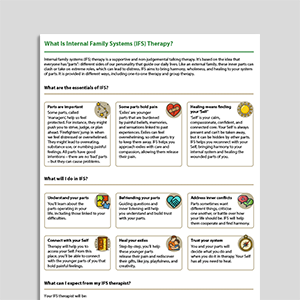
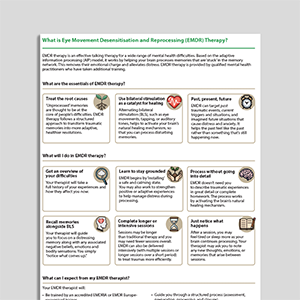
![[Free Guide] Understanding Post-Traumatic Stress Disorder (PTSD)](https://assets-media.psychologytools.com/29108/conversions/*free_understanding-ptsd_en-gb_Guides_Cover-preview.png)
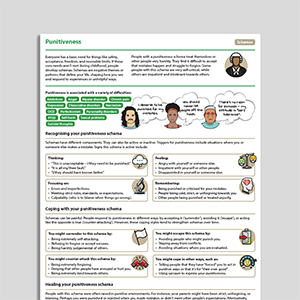
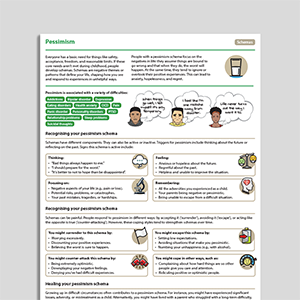
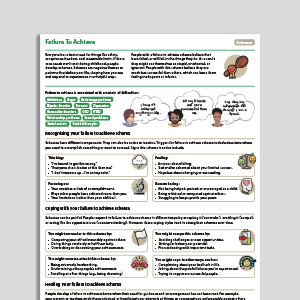
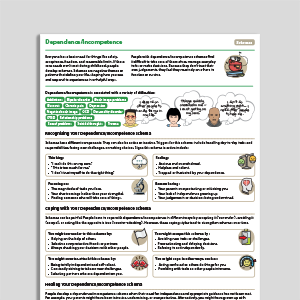
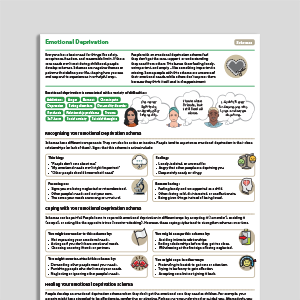
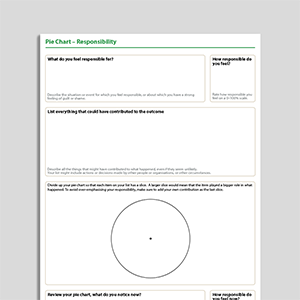
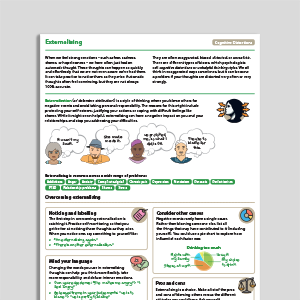
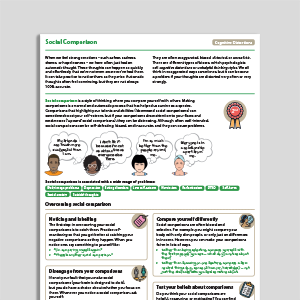
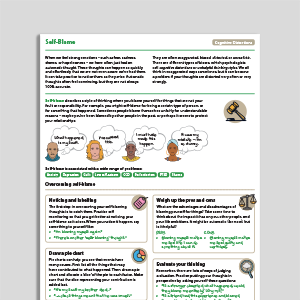
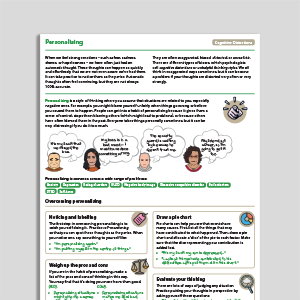
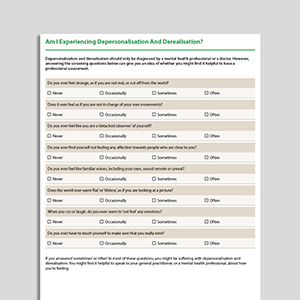
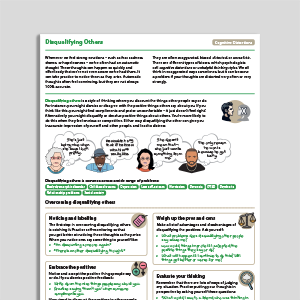
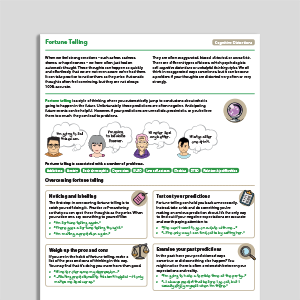
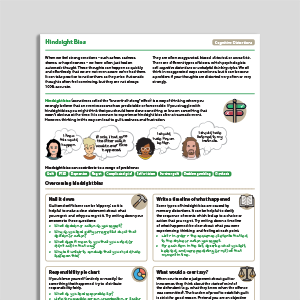
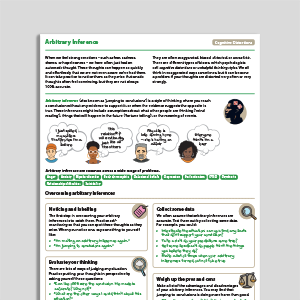
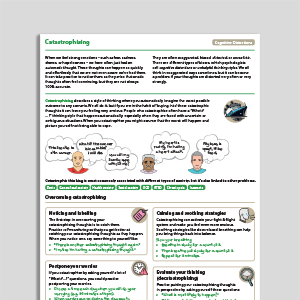
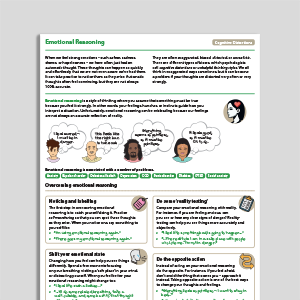
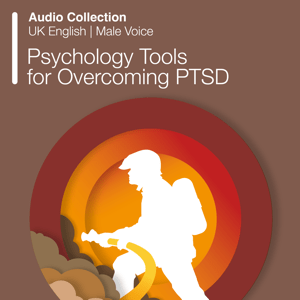
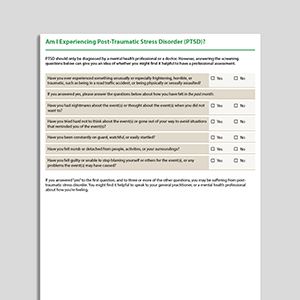
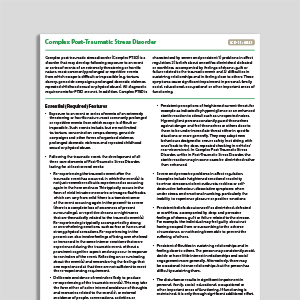
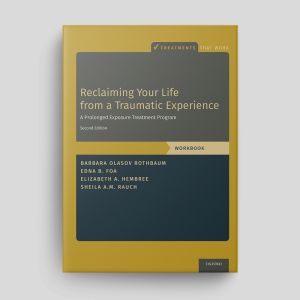
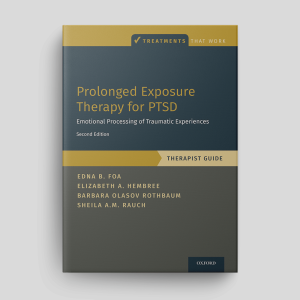
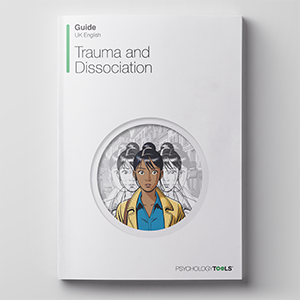
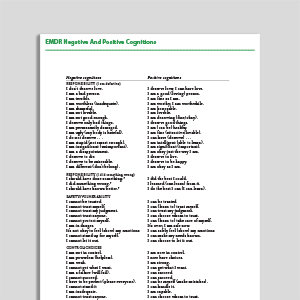
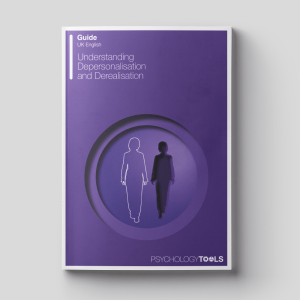

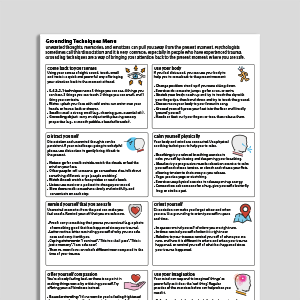
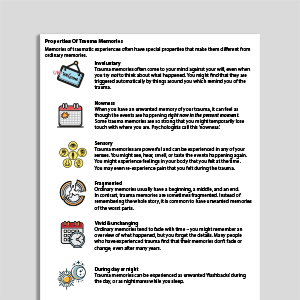
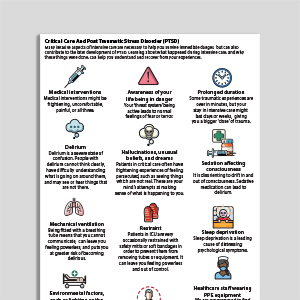


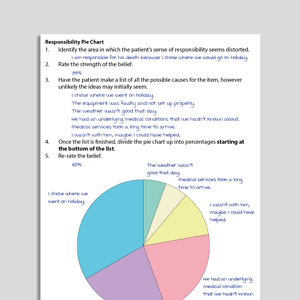
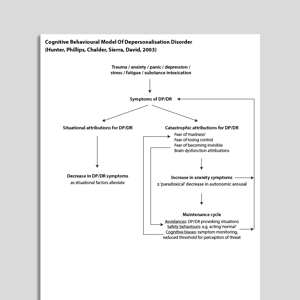
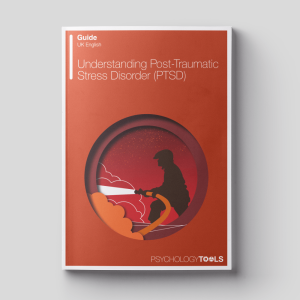
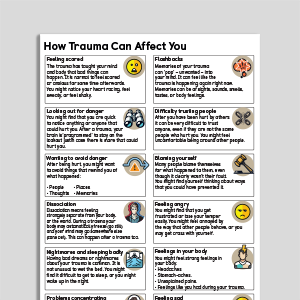
![[Free Guide] Critical Illness Intensive Care And Post-Traumatic Stress Disorder (PTSD)](https://assets-media.psychologytools.com/28384/conversions/*---critical_illness_intensive_care_and_ptsd_en-gb_Guides_Cover-preview.png)
